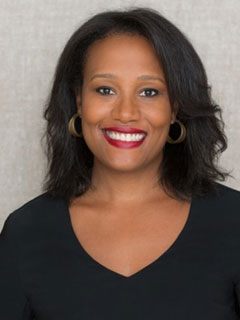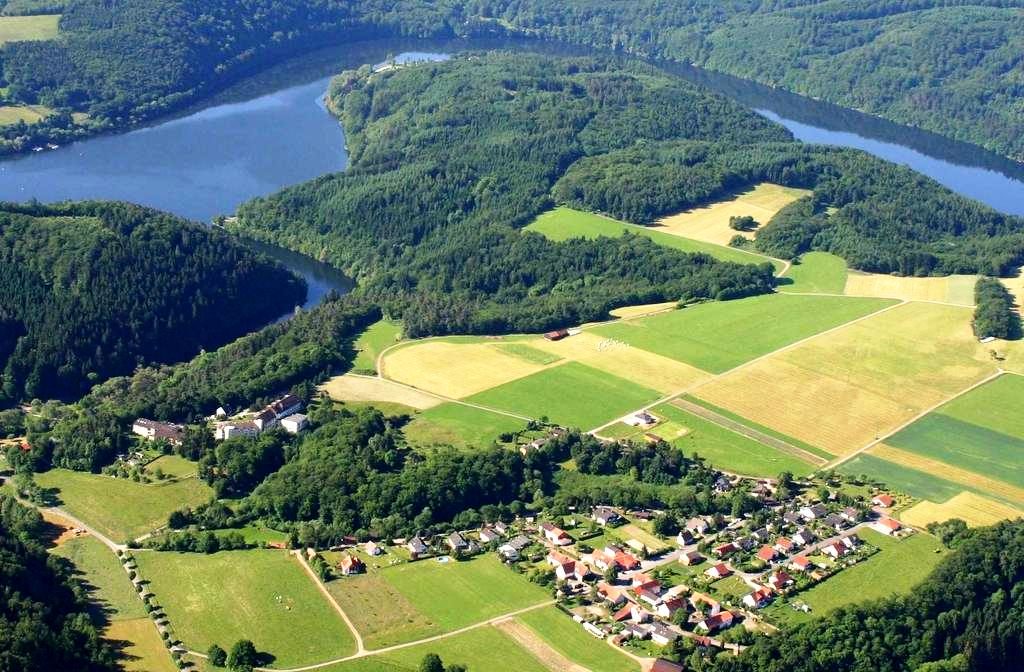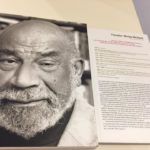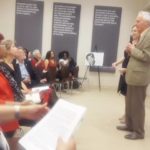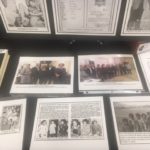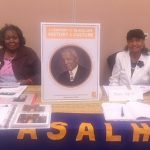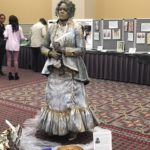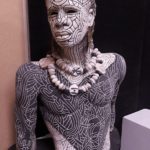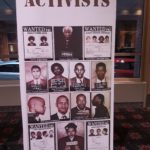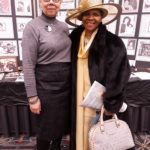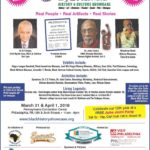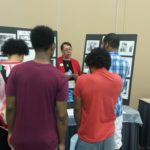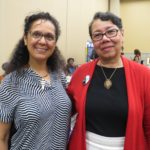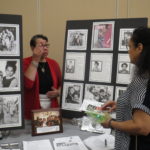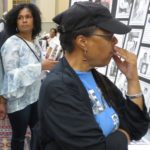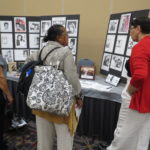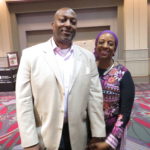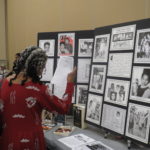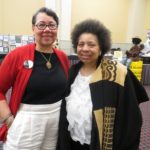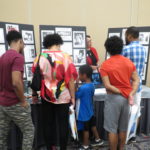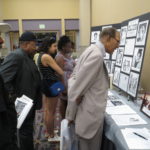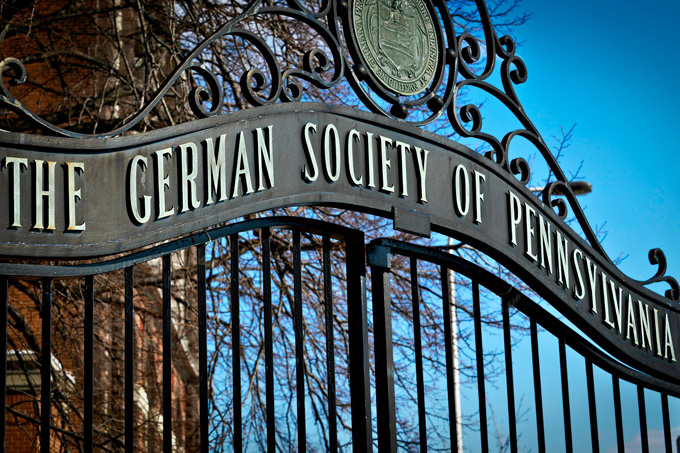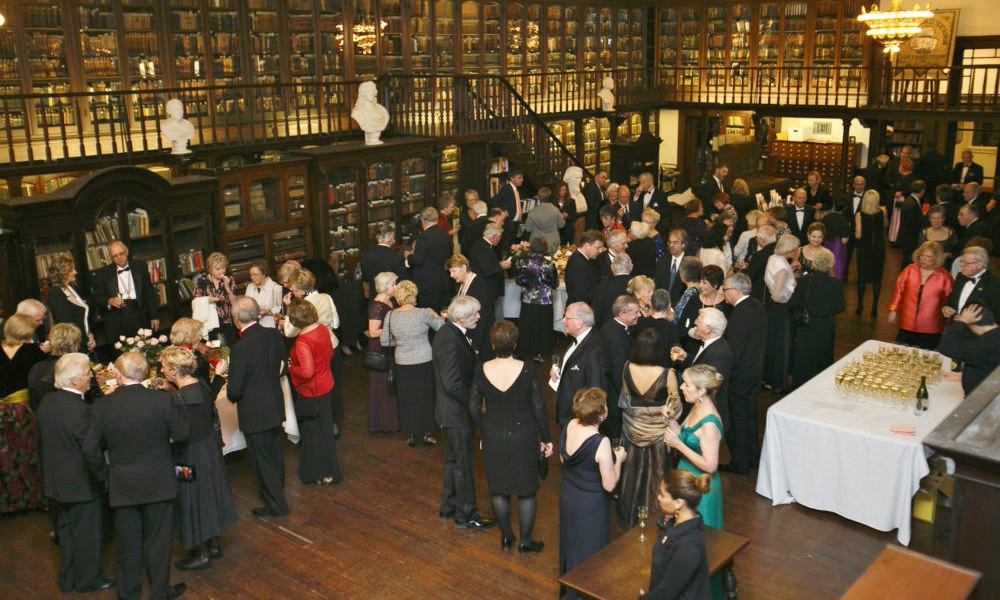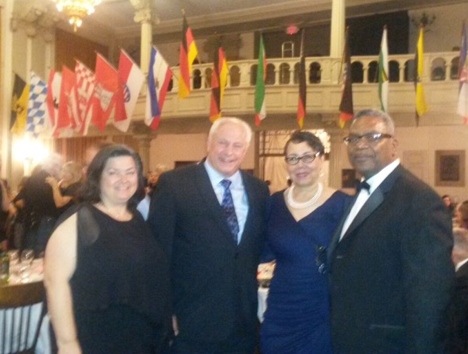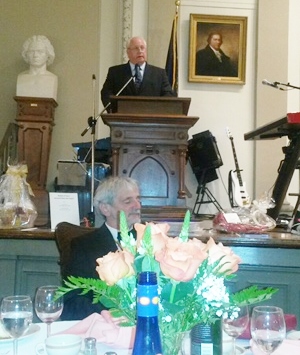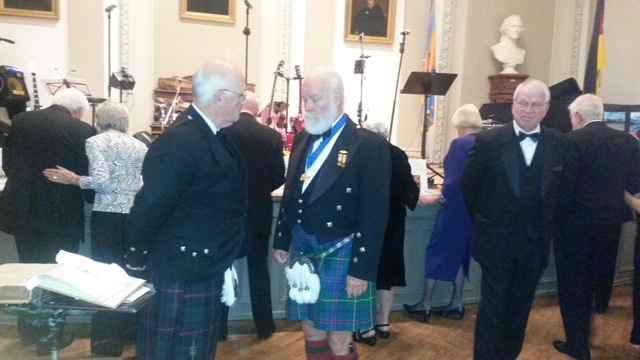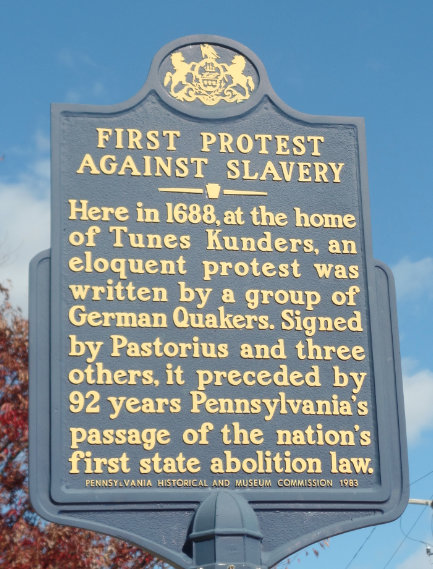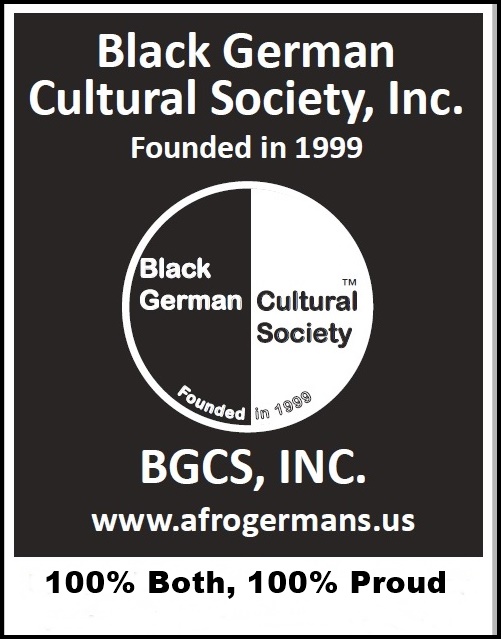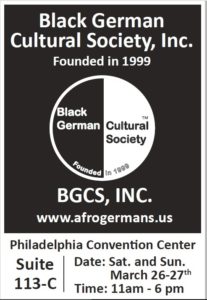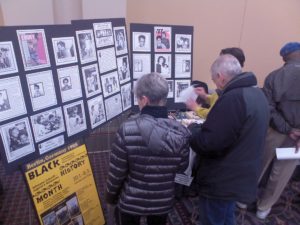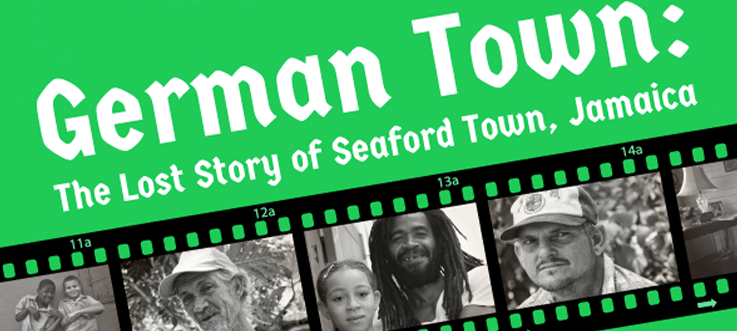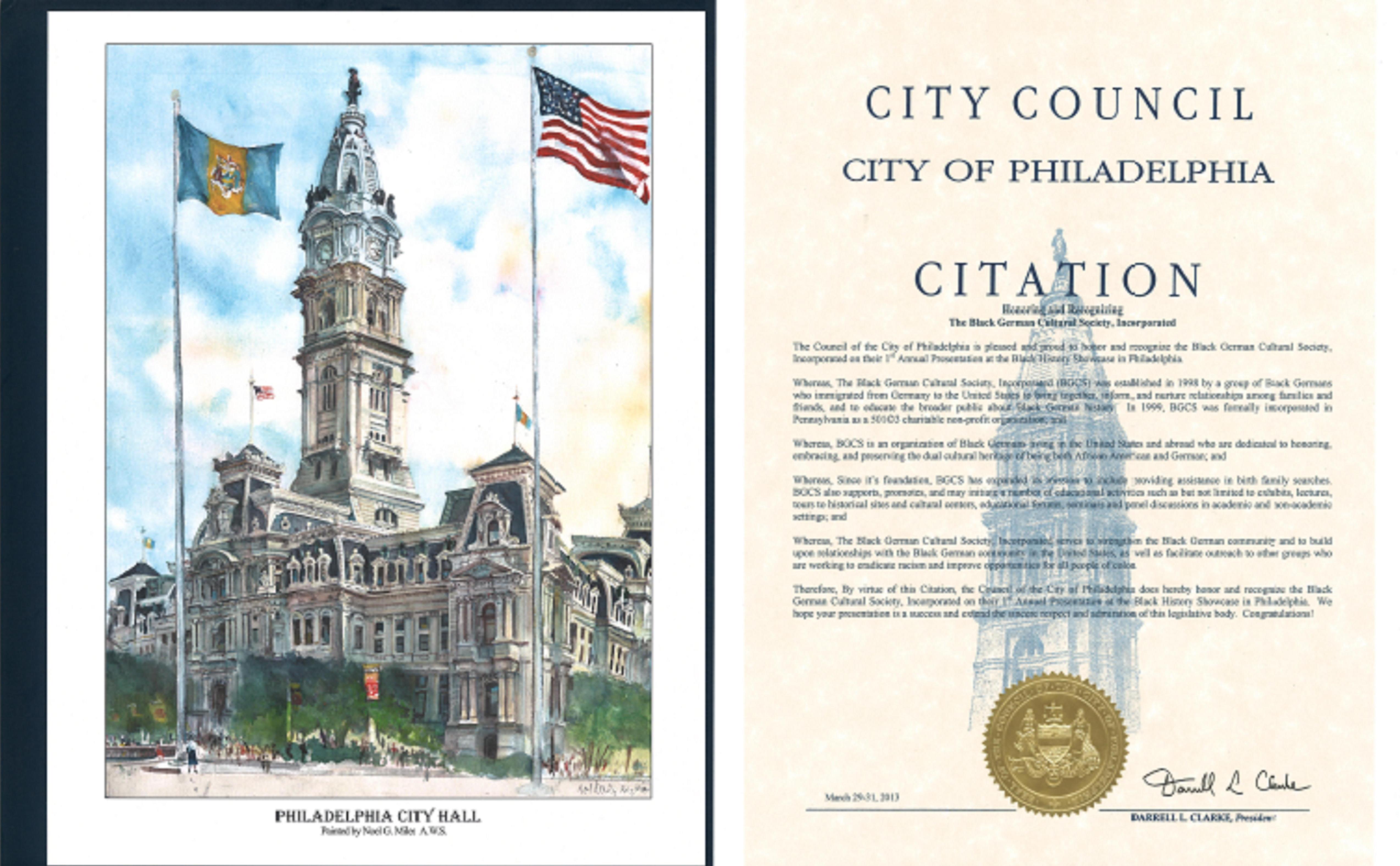The journey has been an arduous one. The historian Paulette Reed-Anderson informs us that in 1682, a ship bearing slaves from Africa docked in Hamburg. Twenty-five years later (1707), African musicians are employed in Prussian military units and Mohrenstrasse is christened in Berlin. By 1877, however, the first of the dreadful Völkerschauen (‘ethnographic exhibitions’) were staged in Hamburg and Berlin. Seven years later, 1884, Germany was in full colonial mode, annexing Cameroon, Togo, South-West Africa and the so-called German East Africa. But by 1904, the colonies would revolt and Germany would respond with massacres against hundreds of thousands of Herero, Nama and other Africans.
Germany would lose its colonies as part of the treaty ending World War I. The British and French allies stationed Black soldiers from their own African colonies in Germany, and hundreds of biracial offspring ensued which were derogatively called the “Rhineland bastards”. Almost all were either sterilised or interned in concentration camps during the era of National Socialism.
The Nazi era, of course, saw the invocation of the Nuremberg Laws “to protect German bloodline and honour”; thus all Black Germans and their spouses were stripped of their citizenship. The defeat of Hitler and Nazism ushered in an enormous 400,000-strong allied occupation force, including Black soldiers. Thousands of biracial children emerged from relationship between the soldiers and German women, and they were met with hostility and referred to as Besatzungskinder (occupation children). Many were adopted by Black American families, but most fell into dilapidated orphanages or were raised by single mothers.
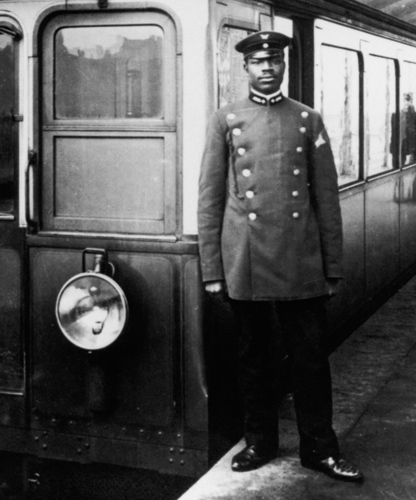
It was not pretty. Charly Graf, for example, was born to a Black American GI and a White German woman. Raised in a hard-scrabble section of Mannheim and ignored by his teachers in school, Charly trained his body for professional boxing but also drifted into crime. Prophetically, in May 1985, Charly’s jailers allowed him a brief reprieve from prison so that he could fight Reiner Hartmann in Düsseldorf. Charly won. Now Germany’s heavyweight champ, he was returned to prison.
In general, the effect of Black GIs on Germany has been overstated; actual influence came from American pop culture with its many Black stars, not from soldiers passing through. But by 1960, owing largely to changes in Britain’s immigration laws, migration routes also changed, with Africans now journeying through Italy, across the Alps and into Germany and even Scandinavia. Here was real change. The Africans settled into Germany, learned the language, attended university, worked and often prospered, and also married. The roots of today’s Black Germans were set in the soil.
By 1986, Black Germans were ready to take a stand. Initiative Schwarze Menschen in Deutschland (ISD) established networks of meeting and collaboration among Black Germans and “Farbe Bekennen–Afrodeutsche Frauen auf der Spuren ihrer Geschichte” (Showing your colour – Afro-Germans in the search for their history) was published and became an indisputable classic. The basic work of ISD – advocating for Black Germans – is not new. Historian Reed-Anderson reminds us that following World War I, Martin Dibobe, a native of Cameroon and a tram driver in Berlin, represented an association of Africans who petitioned the Weimar government for better treatment of Blacks in Germany.
My view of ISD has always leaned towards the personal. In 2006, for example, Karolin M. told me this story of growing up in Gera: “I was always aware of being the only Black person in school or wherever, and it seems that every second day or so I had to hear some negative comment about my Blackness. I was often afraid to go anywhere.” Then Karolin found ISD on the Internet and attended the Bundestreffen (annual National Retreat of the ISD) in Heidelberg. “It was amazing,” she recalled. “I had never seen so many Black people. I had no idea there was a Black world in Germany. When it was over, I cried all the way home, and for many more days.”
Here is the basic task before ISD and all Black Germans: ending their isolation in a world that all too often responds negatively to Blackness. Article by Gyavira Lasana
Originally posted HERE.






